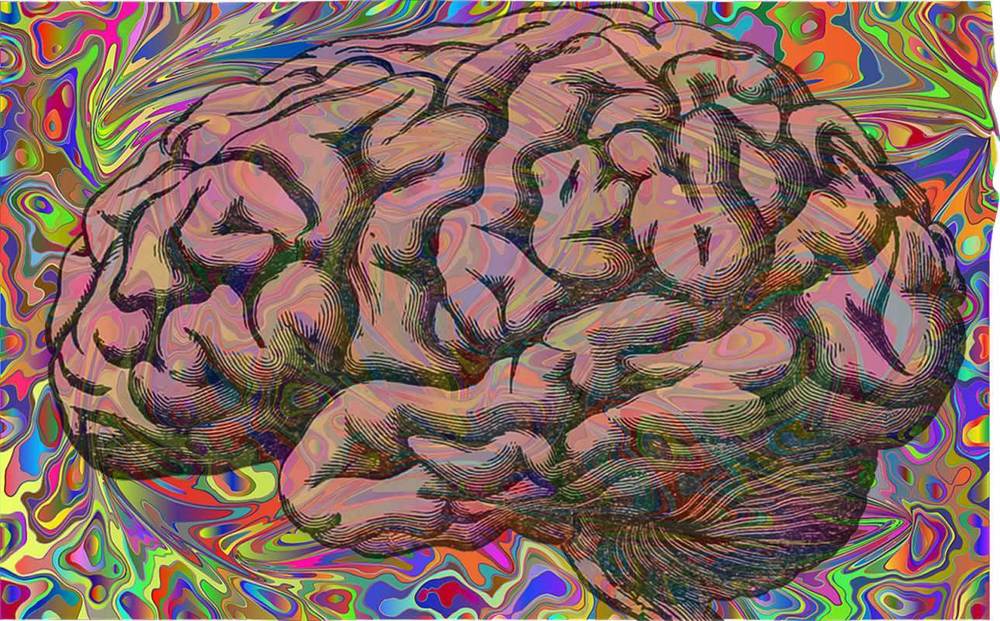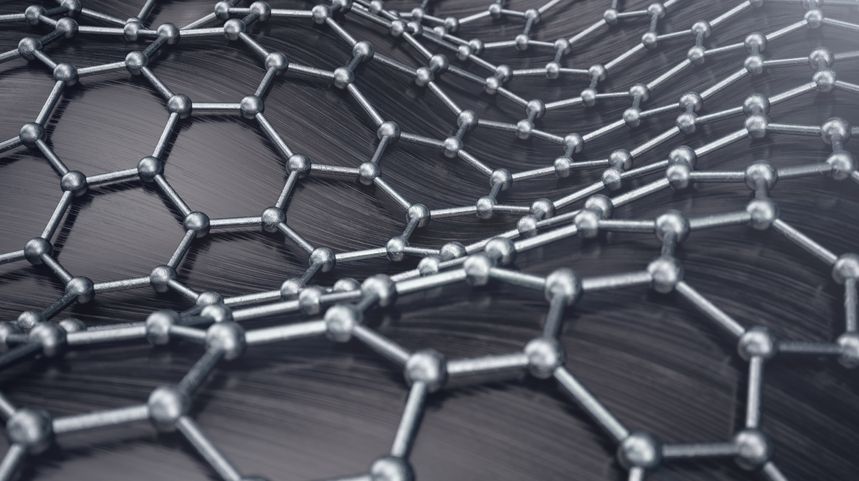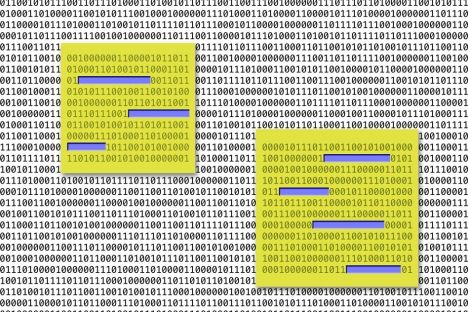Jun 28, 2019
Artificially Created Tiny Human Brains Show Signs of Neural Activity
Posted by Shane Hinshaw in category: neuroscience
All human experience is rooted in the brain, but we just barely understand how it works. That’s partially because it’s hard to study: Scientists can’t just run experiments on living brains, and experiments on animal brains don’t always translate to humans. That’s why researchers developed the brain organoid, an artificially grown, three-dimensional cluster of human neurons that faithfully mimics brain development — and, as Japanese scientists reported Wednesday in Cell Stem Cell, the neural activity of a living brain as well.
Neurons in a living brain respond to stimuli by “firing” off electrical impulses, which they use to communicate with one another and with other parts of the body. The scientists behind the new paper discovered that the brain organoids they grew from scratch in their lab also started to exhibit synchronized activity, just like neurons in an actual brain. That team included first and co-corresponding author Hideya Sakaguchi, Ph.D., a postdoctoral fellow at Kyoto University currently at the Salk Institute.
“I was very excited to see some of the neurons activated at the same time robustly at first,” Sakaguchi, who did the first of his experiments in December 2016, tells Inverse. “Neurons first show individual activities, but as they form networks and connections between other neurons, they start to show synchronized activities.”




 So, if something is universal, doesn’t it mean that it will apply to everybody? If so, why are individual countries racing to experiment with UBI? (Sam Altman, chairman of
So, if something is universal, doesn’t it mean that it will apply to everybody? If so, why are individual countries racing to experiment with UBI? (Sam Altman, chairman of 












